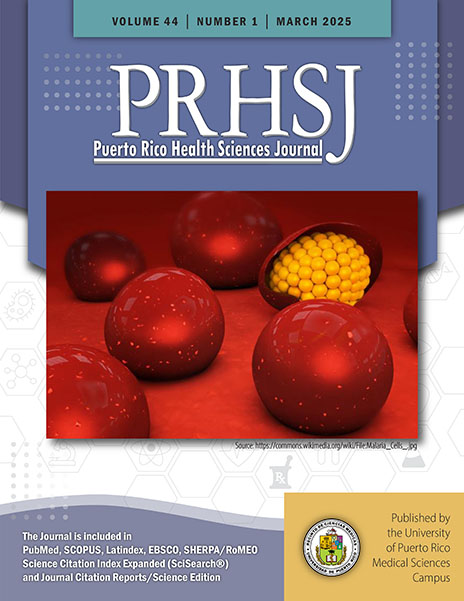Abstract
This study aimed to evaluate implant outcomes, including success or survival, complications, and marginal bone loss (MBL), in randomized controlled trials (RCTs), comparing short versus long implants with sinus augmentation (SA) after 5 or more years of loading. The objective was to update the qualitative and quantitative evidence on this topic and provide a comprehensive analysis of the previously identified implant outcomes. Electronic searches were conducted in 4 scientific databases from 2016 through 2024. Only RCTs with a minimum follow-up period of 5 years were included (7 studies); these were rated using the revised Cochrane risk-of-bias (RoB 2) tool for main outcomes. The overall risk of bias was “High” in 5 studies, whereas 2 studies were rated as “Some concerns.” The risk ratio (RR) and 95% confidence interval (CI) were calculated with Stata software, version 18, for implant success and survival (2.37; 95% CI: 0.83-6.78, P = .11) and for implant complications (0.88; 95% CI: 0.64-1.21, P = .43). The Cohen’s d for MBL was −0.41 mm (95% CI: −0.72 to −0.09, P = .01). There was no statistically significant difference in implant success and survival between short and long implants with SA (P = .60). Due to the overall high risk of bias, no definitive conclusions can be drawn regarding the success or survival of short versus long implants. Further RCTs with clear descriptions of implant outcomes, rigorous standardization and calibration protocols, meticulous sample-size calculation, and extended follow-up periods are needed.
Authors who publish with this journal agree to the following terms:
a. Authors retain copyright and grant the journal right of first publication with the work simultaneously licensed under a Creative Commons Attribution License that allows others to share the work with an acknowledgement of the work's authorship and initial publication in this journal.
b. Authors are able to enter into separate, additional contractual arrangements for the non-exclusive distribution of the journal's published version of the work (e.g., post it to an institutional repository or publish it in a book), with an acknowledgement of its initial publication in this journal.
c. Authors are permitted and encouraged to post their work online (e.g., in institutional repositories or on their website) prior to and during the submission process, as it can lead to productive exchanges, as well as earlier and greater citation of published work (See The Effect of Open Access).
